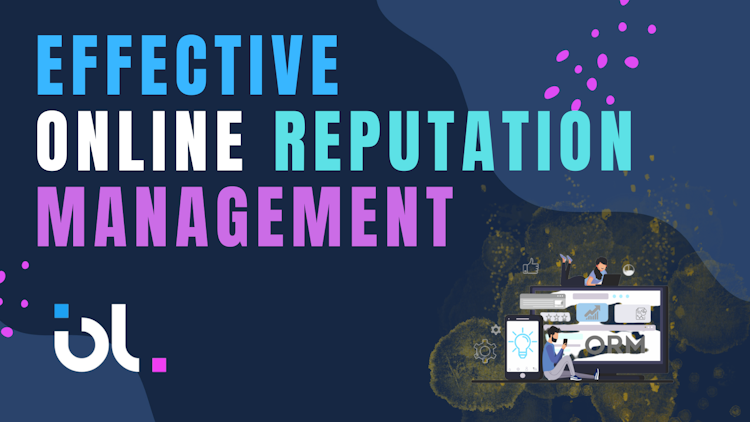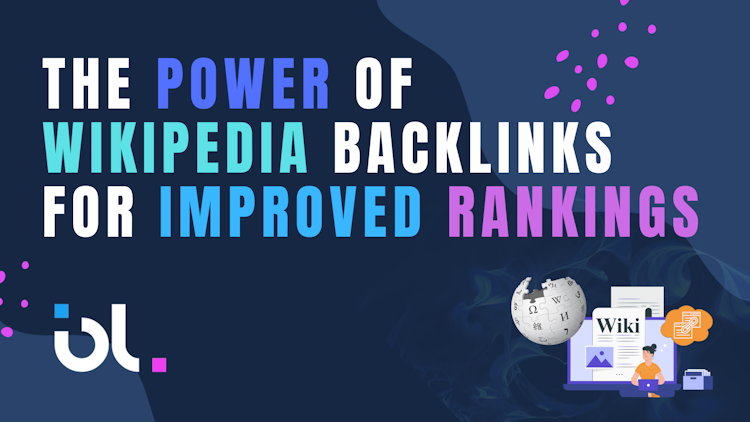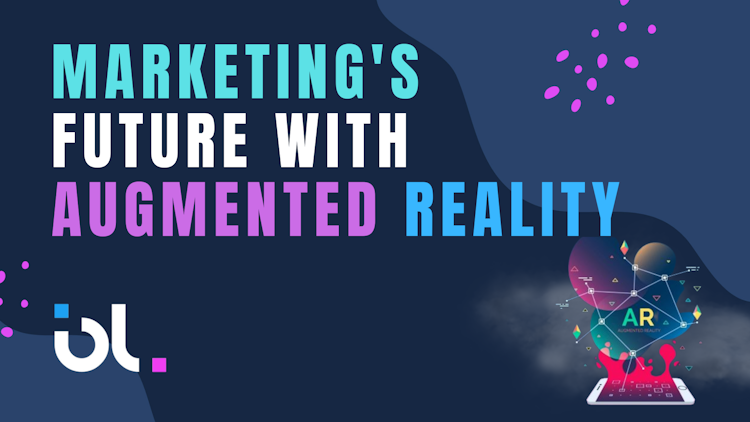Personalized and Innovative Use of AR
To begin, augmented reality makes the client experience more personalized than it has ever been before. Customers are able to imagine how things might appear or feel in their own surroundings before making a purchase that is made possible by augmented reality (AR), which provides an immersive and engaging experience. IKEA’s Place app, which enables customers to virtually “place” furniture in their homes, and Sephora’s Virtual Artist app, which gives consumers the opportunity to “try on” cosmetics, are two examples of brands that are using augmented reality (AR) to improve the customer experience and reduce the amount of uncertainty that is associated with online buying.
The use of AR also makes it possible to create novel approaches to storytelling. Nowadays, marketers are able to build interactive storylines that enable customers to become a part of the tale, as opposed to only relying on conventional static pictures or films. This kind of immersive storytelling helps to establish emotional ties between businesses and their target audiences, which in turn contributes to increased brand loyalty. An example of how augmented reality is reshaping the marketing landscape is the Unbelievable AR campaign that Pepsi Max launched. This campaign created a memorable brand experience by adding an exciting and surprising twist to a mundane bus shelter.


Marketing Campaigns That Involve Interaction
This results in increased brand exposure since augmented reality makes marketing initiatives more engaging and shareable. The ability to create and distribute augmented reality filters is available to users of social media sites such as Snapchat and Instagram. Through the sharing of these augmented reality experiences, consumers become brand ambassadors, significantly increasing the reach of the campaign. The Cinco de Mayo Snapchat Lens used by Taco Bell, which transformed users’ faces into enormous tacos, is a prime illustration of this. One of the most effective uses of augmented reality (AR) in marketing to date, it has been watched more than 224 million times. The world of marketing is being completely transformed by augmented reality.
Marketers also have access to a variety of data when they employ augmented reality. Insights on user behavior and preferences are gained with each encounter, which enables marketing campaigns to be more precisely targeted and efficiently implemented. Companies are able to personalize and optimize their marketing strategies via the analysis of this data, which ultimately leads to increased conversion rates and enhanced consumer satisfaction.
Although there is no denying the advantages of augmented reality, it is essential to address the possible drawbacks. Just as with any other technology, there are issues about privacy that are associated with the acquisition of data. Those who work in marketing have a responsibility to ensure that they are open and honest about the data they acquire and how they utilize it. Brands should also avoid adopting augmented reality for the sole purpose of adding novelty to their products; rather than employing the technology as a gimmick, it should always provide value to the whole experience of the consumer.
Even with all of these obstacles, the future of augmented reality in marketing seems quite bright. It is anticipated that the use of augmented reality technology in marketing will increase as the technology continues to advance and become more accessible. Localized augmented reality marketing, more immersive virtual try-ons, interactive augmented reality catalogs, and a great deal more that may be created are all possibilities. When it comes to marketing, the choices are almost endless.


The Influence of Augmented Reality on Advertising is Growing
A new era of advertising is dawning, one that makes use of augmented reality. Marketers have a lot to gain from augmented reality since it improves consumer engagement, tailors experiences to each individual, allows for more creative storytelling, and provides useful information about user behavior. We are entering an exciting new digital age, and augmented reality is a powerful tool for companies that want to make an impression on their customers.
Augmented reality will be the great transformer, as stated by a tech visionary. The meaning of what it is to be human will be altered more than by any other human innovation in history. Because augmented reality has the ability to provide captivating, interactive, and customized brand narratives, the marketing industry needs to be ready for this disruptive development and embrace it. Augmented reality is radically altering the manner in which customers connect with companies. This is the case regardless of whether consumers are interested in experimenting with different lipstick shades, visualizing a couch for their living room, or being a part of a brand’s virtual experience. Augmented reality is causing a revolution in the marketing environment, and this is only the beginning of its impact.




